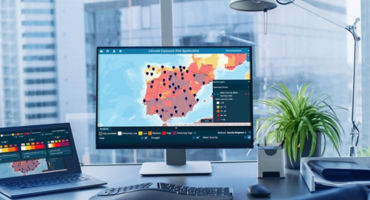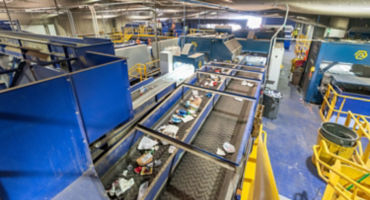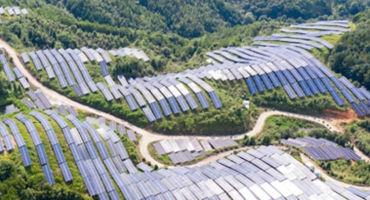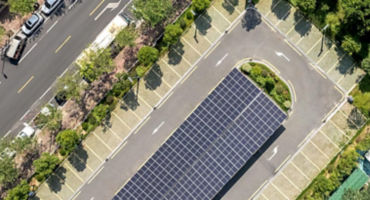What’s next for climate investing?
We think technology will continue to be a focus, and while we are all hoping for a single breakthrough technology like nuclear fusion or large-scale carbon capture, the reality is that solving for climate change is likely to come from a collection of solutions that stretch across many sectors and regions and that even incremental improvements can help move the dial. We expect AI to play a significant role within the climate transition, but we will need to monitor opportunities and risks. That said, we believe AI will help enable the analysis and management of systems such as energy, electricity, agriculture, manufacturing, etc. to be more fully optimised from an efficiency and sustainability perspective.
Adapting to climate change will happen at an uneven pace, creating winners and losers. We think markets will increasingly penalise the laggards but investors who are at the forefront of that “natural selection” process have, in our view, an additional opportunity for generating returns and accelerating the essential transition towards net zero and adapting to climate change.
In summary, we think climate investing is truly exciting from both a financial and sustainability perspective. For this reason, we believe successfully navigating the transition demands a bottom-up, research-driven approach, with robust metrics to ensure that investments are stacking up financially, while making a measurable, material difference.















